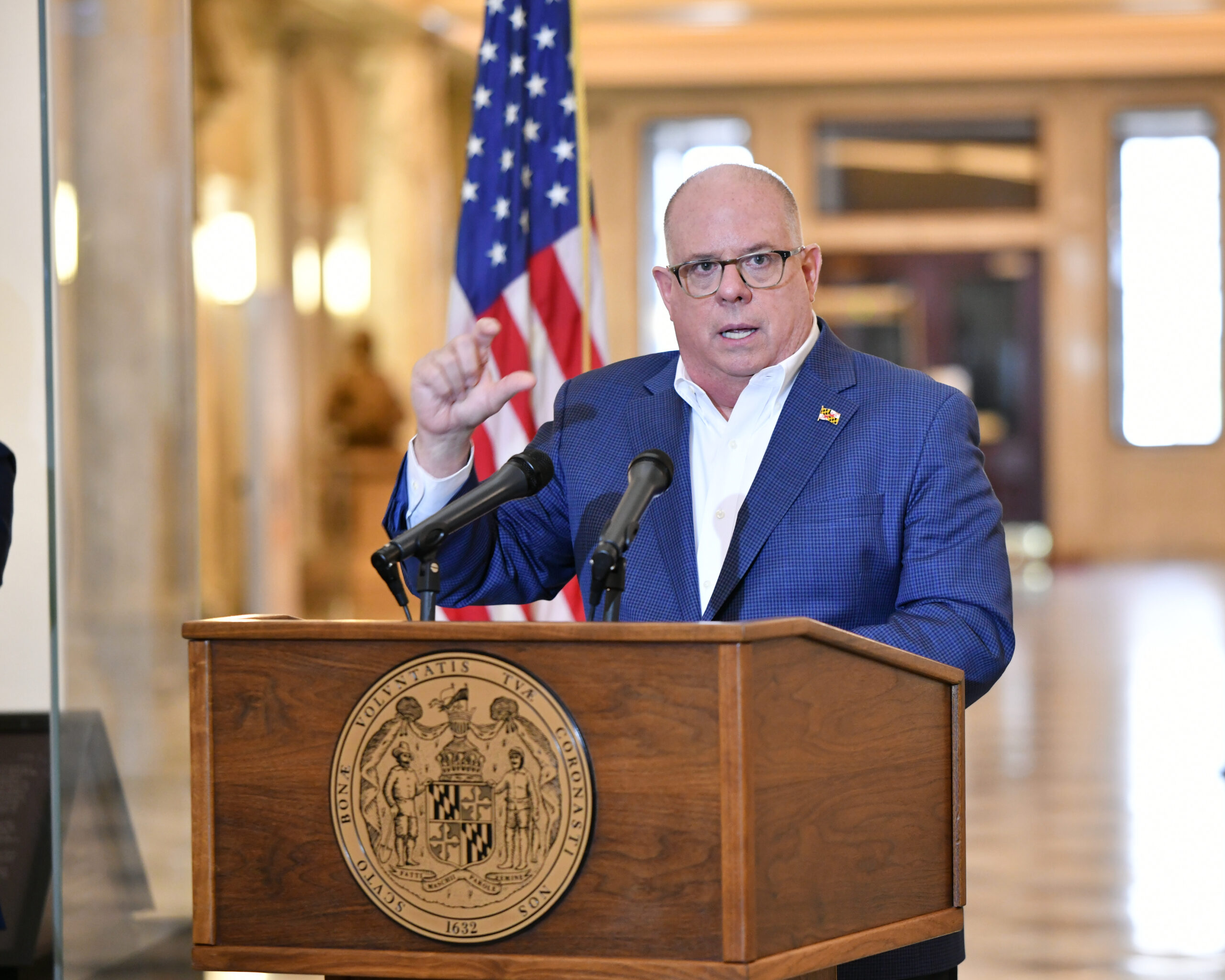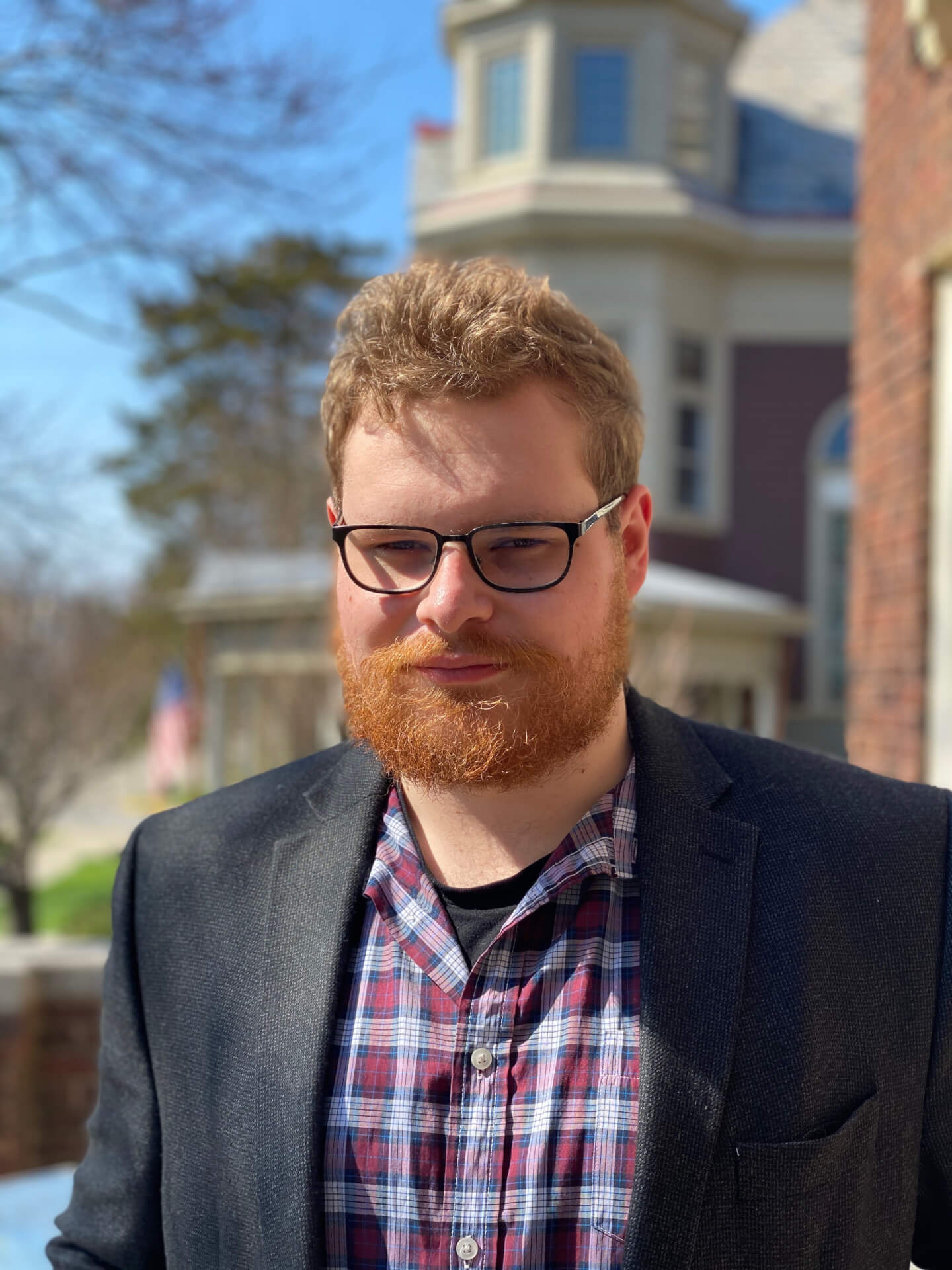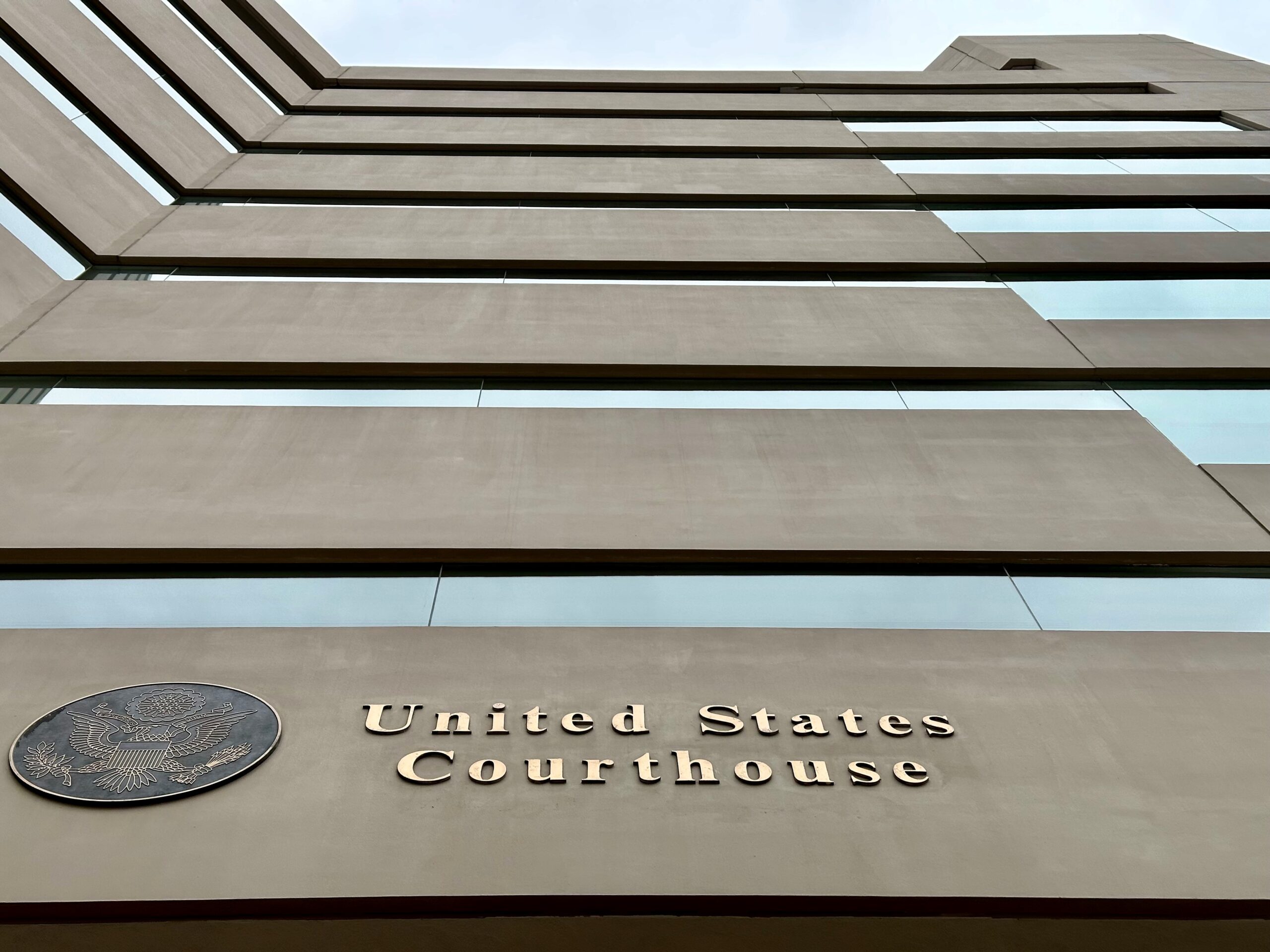State Election Officials Prefer Large Voting Centers to Precinct-Level Polling Locations

State election officials want Gov. Lawrence J. Hogan Jr. (R) to use Maryland’s 282 public high schools as voting centers on Election Day, eliminating precinct-level polling locations as local boards of elections face massive worker shortages.
Under the State Board of Elections’ new recommendations to Hogan, each local election board would have to open at least the same number of voting centers as the number of high schools in their jurisdiction. Local boards could open more locations if needed.
Additionally, the state’s 80 early voting centers would be open across the state from Oct. 29 through Nov. 3 under the board’s new recommendations. Board members unanimously recommended the proposal at a Friday afternoon meeting.
Unlike regular polling locations, voters don’t have to go to a specific location to cast their ballot with voting centers. Maryland’s early voting centers currently operate under this method.
Whether voting centers are used on Election Day in Maryland will ultimately be up to Hogan. The governor previously ordered every polling location open for the November election, and has since slammed local officials who want to open limited in-person voting centers.
State Board Chairman Michael R. Cogan (R) warned that Hogan made no mention of voting centers in a Thursday letter to the State Board of Elections. In that letter, the governor said he had “no plans to interfere in your conduct of the November election,” and cautioned that closing polling places could make voting more difficult for Marylanders.
“While you have emergency powers at your disposal to consolidate precincts and modify deadlines, I strongly advise against the wholesale closures of polling places that could disenfranchise Marylanders,” Hogan wrote.
The recommendation came after local boards of election urged officials to adopt vote centers for the November election, warning that a shortage of election judges could lead to consolidations and long lines on election day.
Under the Maryland Association of Election Officials, or MAEO plan, 162 voting centers would have been open across the state from Oct. 29 to Nov. 3, combining early voting and Election Day.
Howard County Elections Director Guy Mickley warned the State Board of Elections of thousands of vacant poll worker positions across the state.
“If nothing is done, and we must staff Early Voting Centers and full polling places on Election Day, there will be process breakdowns, polls that will not open, and polls that do not have enough judges to effectively run an election,” Mickley said.
Local officials currently have roughly a third of the workers they would need to open all polling sites as Hogan ordered. Some counties have already asked the State Board of Elections to consolidate a portion of their polling locations.
Allegany, Anne Arundel, Carroll, Charles, Frederick, Harford, Howard, Queen Anne’s, St. Mary’s, Talbot and Washington counties all requested polling location changes before Friday’s meeting, although state officials are waiting on Hogan’s response before moving forward with the consolidations.
Patrick J. Hogan, the Democratic vice chair of the State Board of Elections who originally proposed the usage of high schools as voting centers during a Wednesday meeting, worried that the MAEO plan didn’t include enough voting centers for Election Day.
The state board’s recommendation to Hogan includes far more Election Day voting centers than those put forth by MAEO, but also has less voting centers in the days leading up to the election. Vice Chairman Hogan and Chairman Cogan both warned that the governor could still reject the board’s recommendations.
“What you’re asking us to do is to do something that’s already been looked at, and which we’ve received no indication that we’ll be given the authority to do it,” Vice Patrick Hogan said in rejecting the MAEO plan.
If Gov. Hogan rejects the state board’s recommendations, they intend to move forward with the local boards’ requested consolidations at an Aug 12 meeting.
The two Hogans are not related.
Calls continued on Friday for the governor to reverse his decision to hold a more traditional election in November. In a Thursday letter to Hogan, Democratic lawmakers again demanded he automatically send ballots to voters instead of requiring them to first fill out an application.
The letter was signed by Delegates Julian Ivey (D-Prince George’s), Kirill Reznik, (D-Montgomery), Ron Watson (D-Prince George’s), Heather Bagnall (D- Anne Arundel) and Regina T. Boyce (D-Baltimore City), and Senators Jill P. Carter (D-Baltimore City), Mary L. Washington (D-Baltimore City) and Joanne C. Benson (D-Prince George’s).
“It is extremely and increasingly difficult to recruit poll workers to staff the sites that are part of the current plan,” the lawmakers wrote. ”For example, just this week, an additional 1,000 poll workers dropped out. And, remarkably, 4 in 10 election judge jobs are vacant, at a relatively late stage in the process.”
The legislators also asked Hogan to open at least 90 large voting centers across the state instead of the more than 1,800 neighborhood polling locations.




 Creative Commons Attribution
Creative Commons Attribution